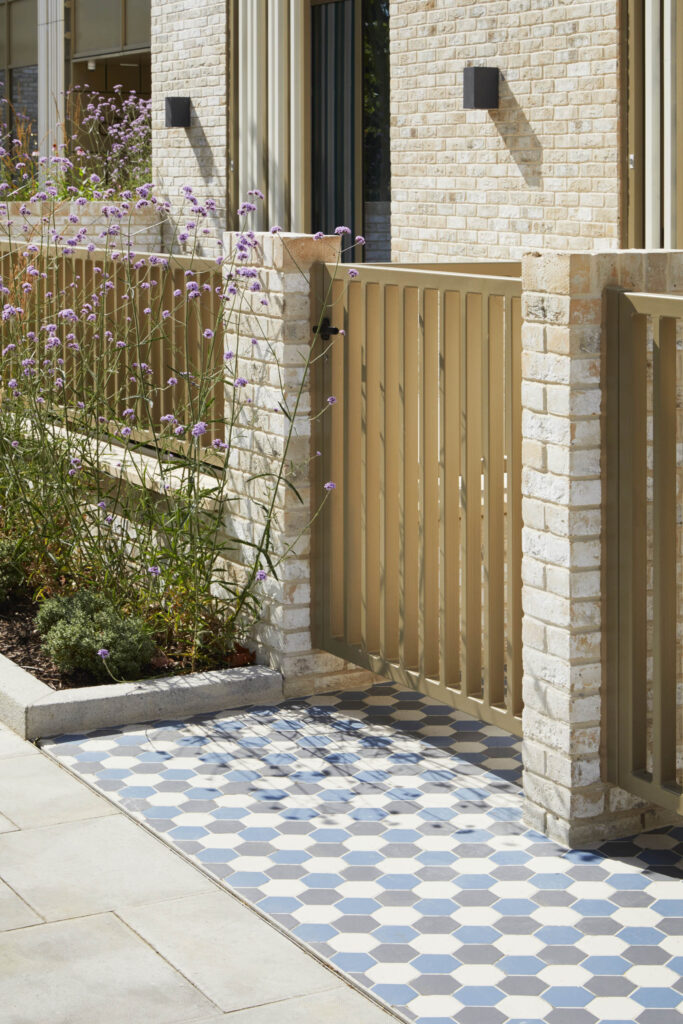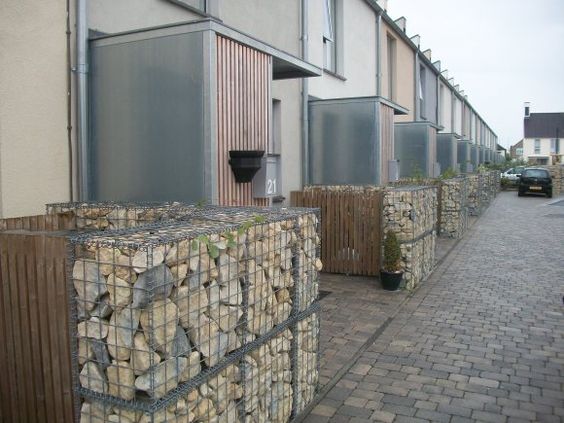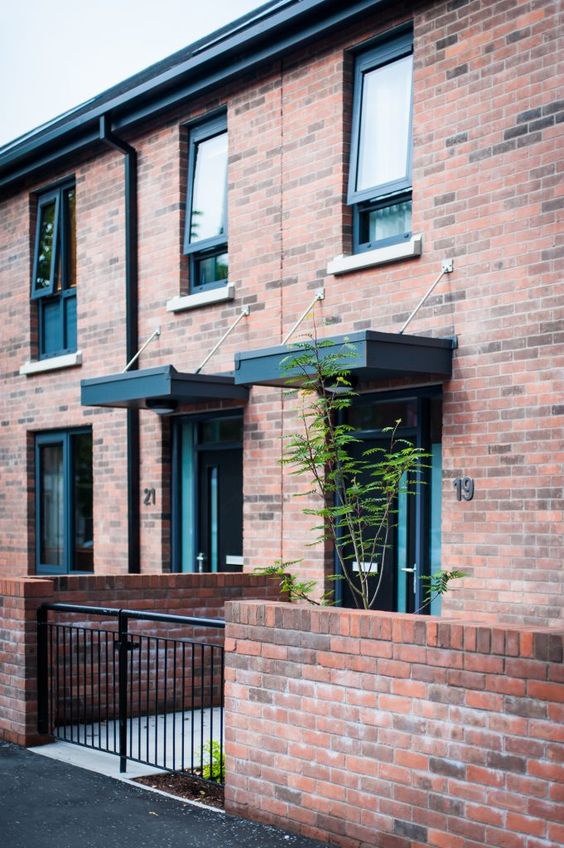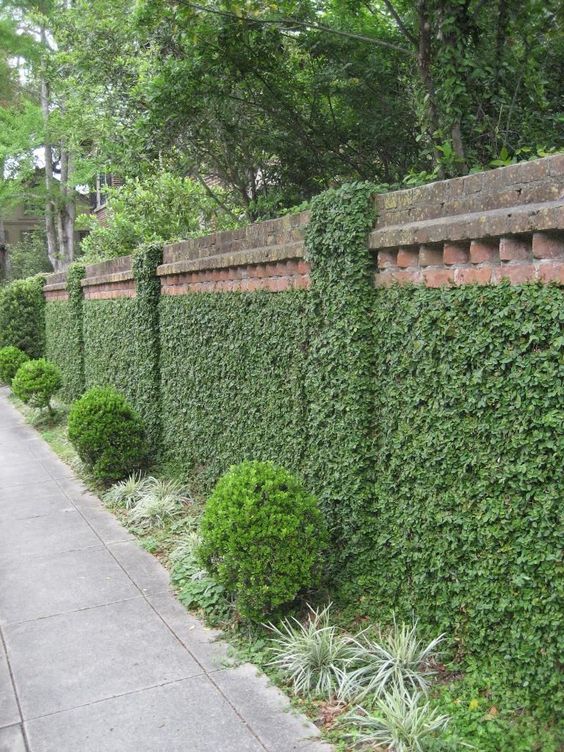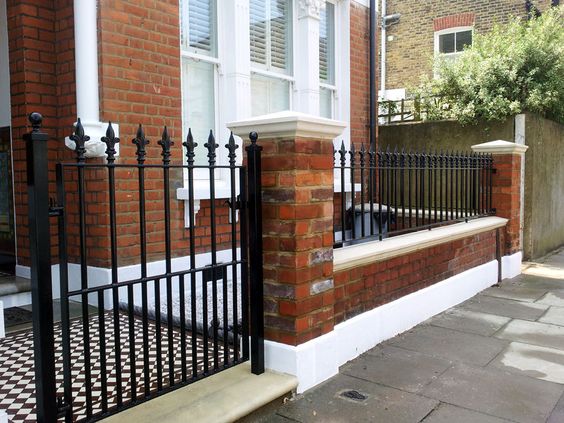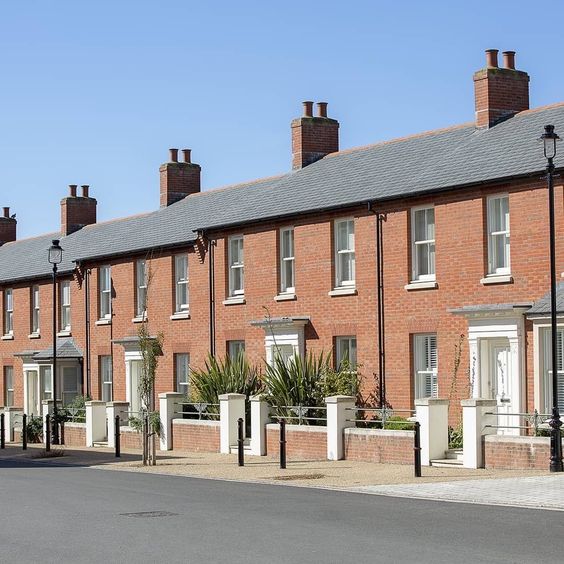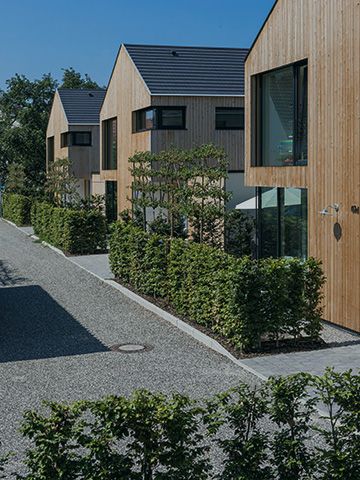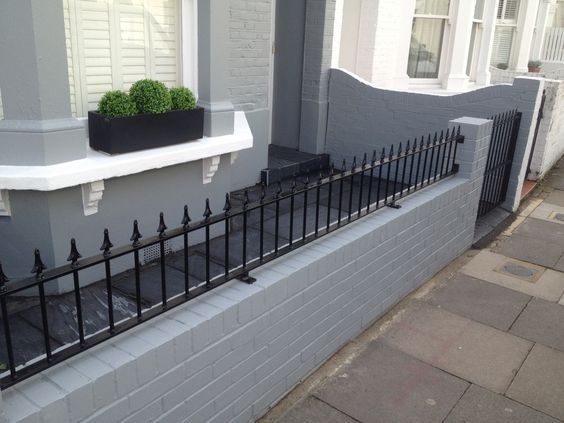Boundaries and EdgesBoundaries and edges are an integral part of the urban design process, defining the limits and transitions between different spaces, providing a sense of place through visual, social, and physical cues. More
Landscape and Nature
Maintenance and Responsibilities
Introduction
Good management contributes to the resilience, attractiveness and beauty of a place. Well-designed places are robust, durable and easy to look after. They are designed so management and maintenance responsibilities are clearly defined for all parts of a development. Well-designed places consider management and maintenance regimes from the early stages of the design process and set them out in a management plan.
Well-designed places enable their users to develop a sense of ownership and belonging over time, while also feeling welcoming to visitors and passers-by.
Codes in this Section
Best practice guidance
LNMR 1
Landscape management and maintenance responsibilities
Applicants must demonstrate that all communal gardens, small spaces, public realm and landscaping associated with industrial and commercial developments will be designed, planted and maintained in accordance with best practice set out within this chapter.
A successful landscape is a product of good quality implementation and good quality management. Implementation may take weeks or months, but for a landscape scheme to be successful, it must be managed and maintained forever.
Responsibility for landscape management should be with a private management company, the detailsThe details of a building are the individual components and how they are put together. Some are a deliberate part of the appearance of a building, including doors, windows and their surrounds, porches, decorative features and ironmongery. Others are functional, although they can also contribute to the appearance of a building. These include lighting, flues and ventilation, gutters, pipes and other rainwater details. Detailing affects the appearance of a building or space and how it is experienced. It also affects how well it weathers and lasts over time. More of which must be provided as part of the application submission. Applicants must submit detailsThe details of a building are the individual components and how they are put together. Some are a deliberate part of the appearance of a building, including doors, windows and their surrounds, porches, decorative features and ironmongery. Others are functional, although they can also contribute to the appearance of a building. These include lighting, flues and ventilation, gutters, pipes and other rainwater details. Detailing affects the appearance of a building or space and how it is experienced. It also affects how well it weathers and lasts over time. More of a management and maintenance plan that includes detailsThe details of a building are the individual components and how they are put together. Some are a deliberate part of the appearance of a building, including doors, windows and their surrounds, porches, decorative features and ironmongery. Others are functional, although they can also contribute to the appearance of a building. These include lighting, flues and ventilation, gutters, pipes and other rainwater details. Detailing affects the appearance of a building or space and how it is experienced. It also affects how well it weathers and lasts over time. More of:
- Management company and contact detailsThe details of a building are the individual components and how they are put together. Some are a deliberate part of the appearance of a building, including doors, windows and their surrounds, porches, decorative features and ironmongery. Others are functional, although they can also contribute to the appearance of a building. These include lighting, flues and ventilation, gutters, pipes and other rainwater details. Detailing affects the appearance of a building or space and how it is experienced. It also affects how well it weathers and lasts over time. More for residents
- How the area will be managed for the lifetime of the development
- Maintenance responsibilities
A lack of clarity at an early stage can lead to indecision or conflict and then ultimately the landscape will suffer.
Applicants should demonstrate in their submission how this element of the Code has been complied with.
Documents required:
- Site Wide Landscape Strategy
- Landscape Management and Maintenance Plan
Landscape and Nature
Planting, Maintenance and Aftercare Best Practice
For all scenarios:
- All planting techniques and densities should comply with best practice forestablishing hedge and tree planting.
- Positive drainage to be included within all planted areas.
- Good quality soils must be used.
- An automated irrigation system will be required for all new hedge andstandard (and above) tree planting stock, for at least two years. Watersupply / bib tap locations need consideration at the early stage of the designprocess.
- All new planting should be regularly maintained to best practice guidelines.


